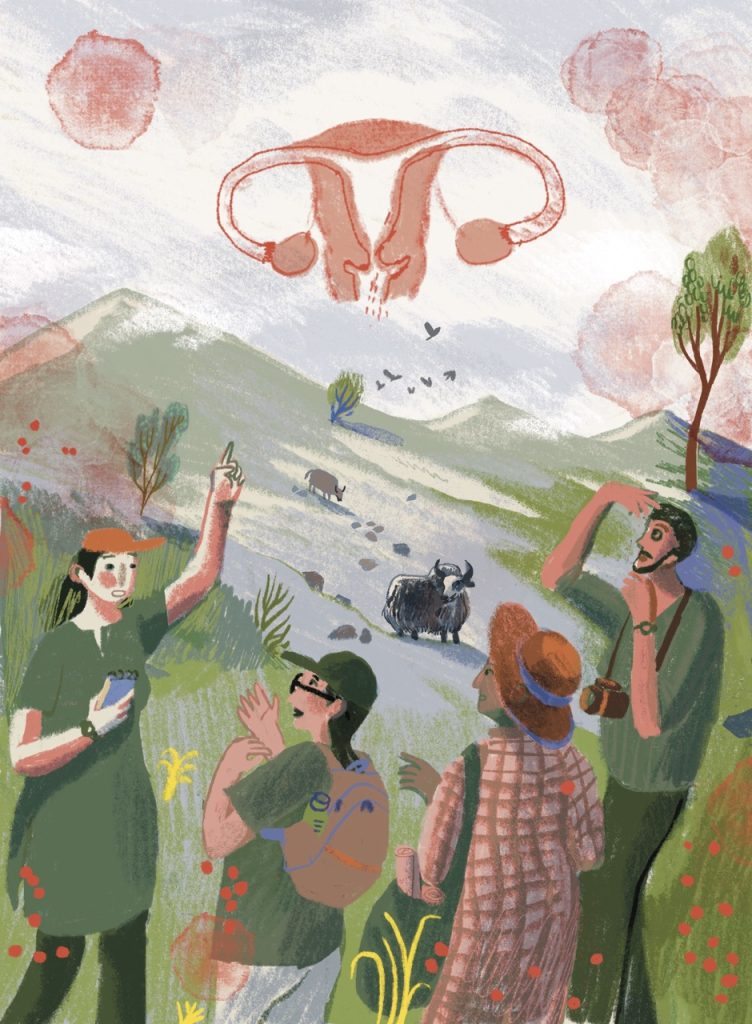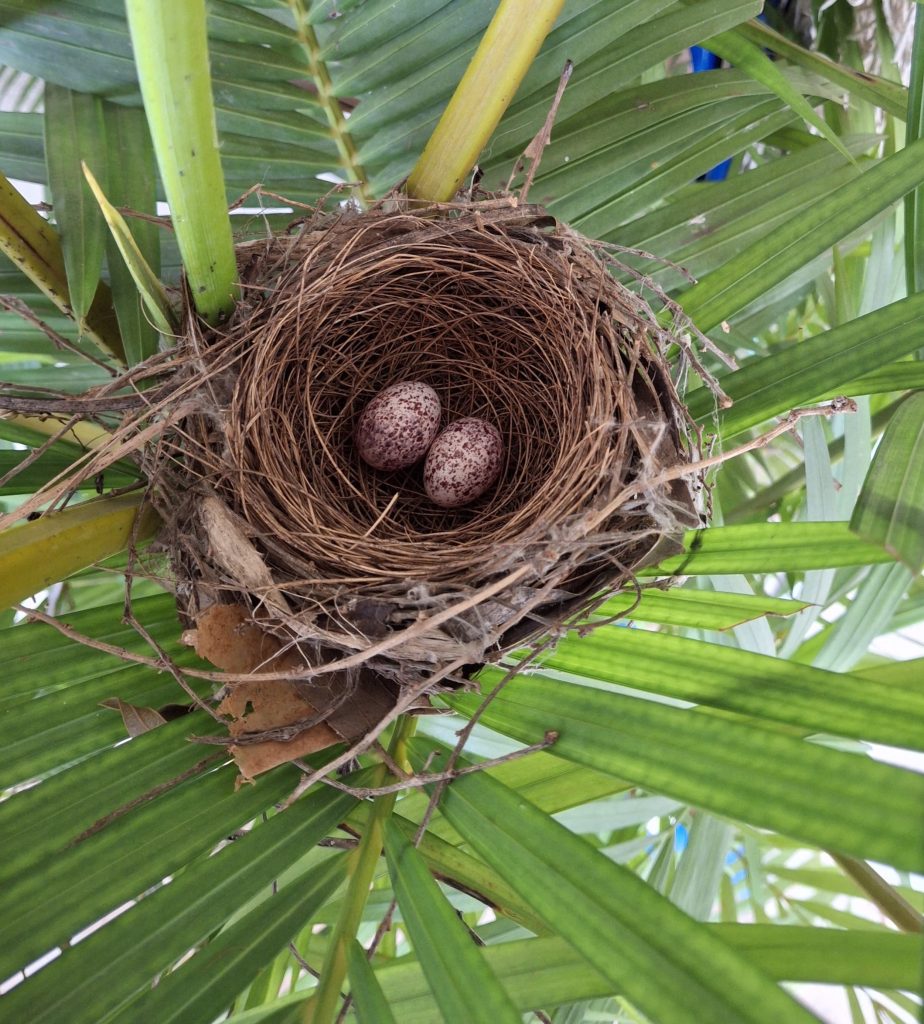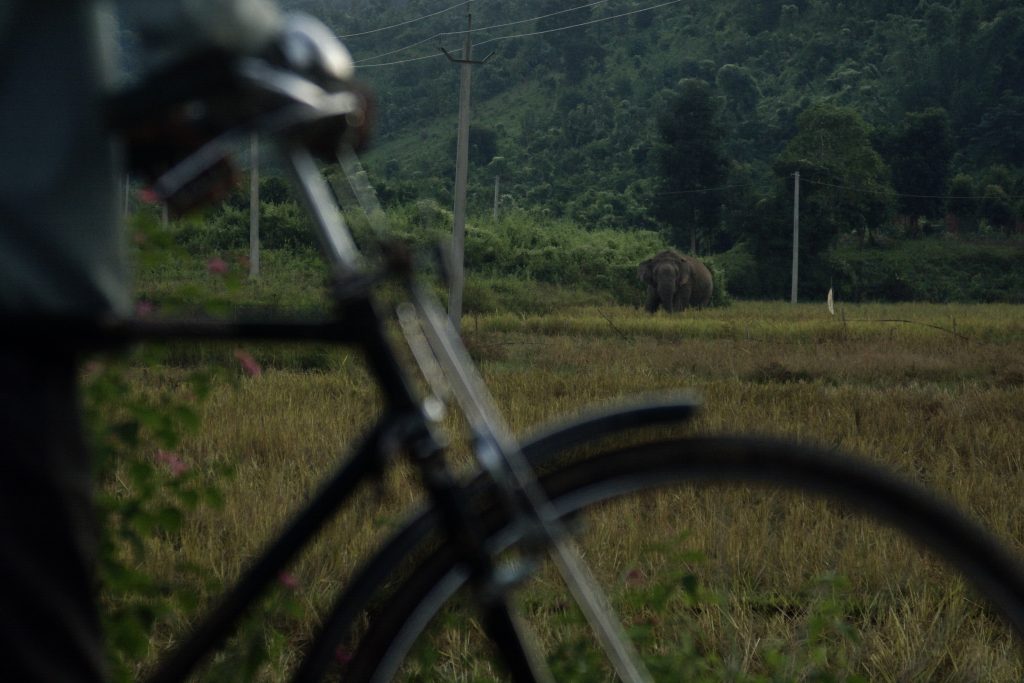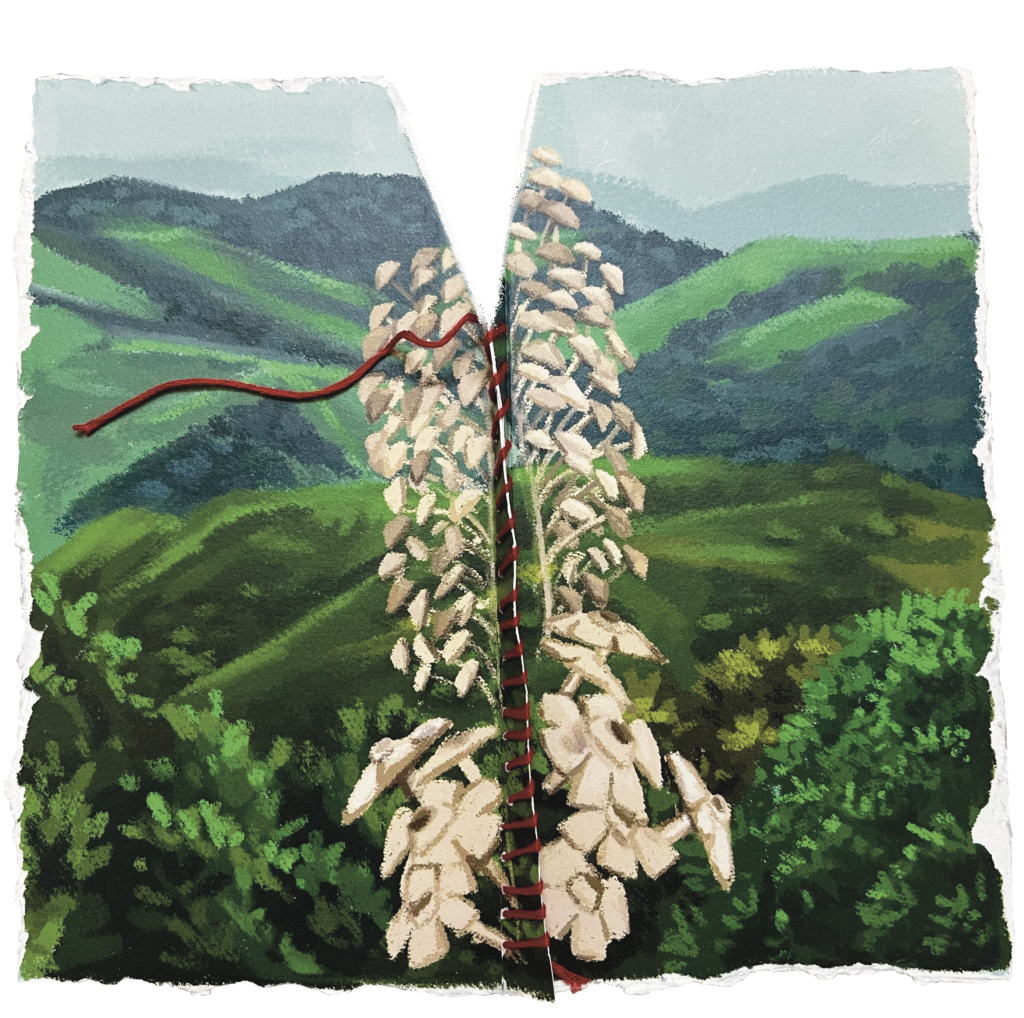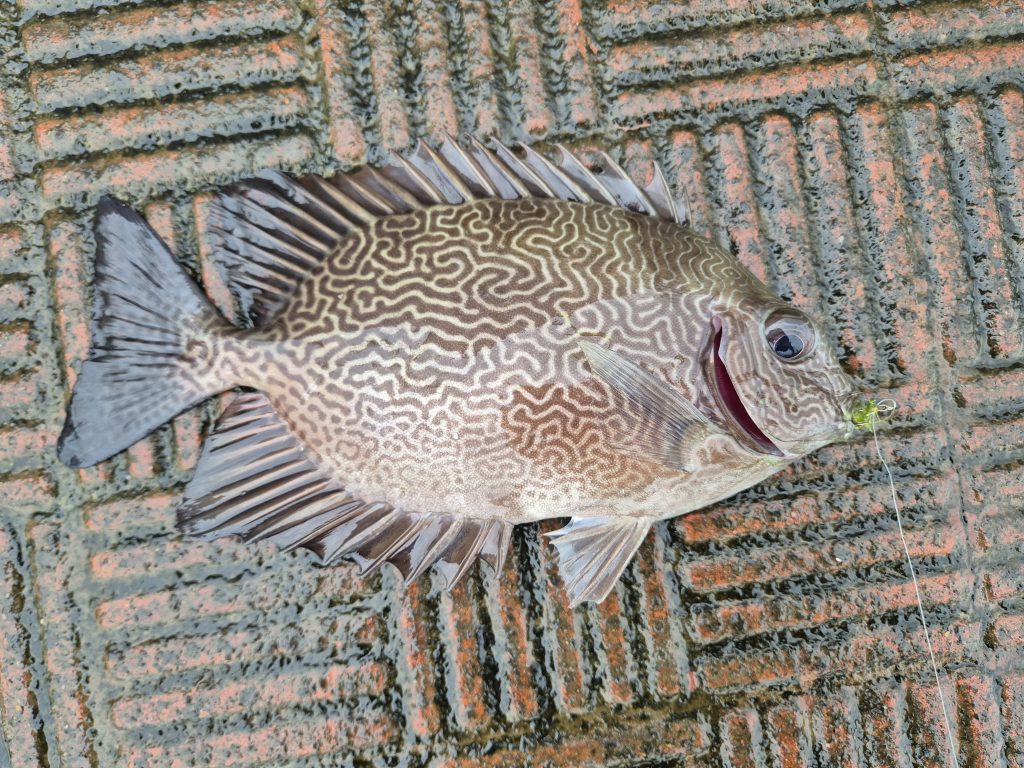I slowly lifted myself to a sitting position on the small boat floating off the Gulf of Mexico in Bahía de los Ángeles. It was the final day that my peers and I were attempting to catch our first glimpse of a whale shark. I started to feel a bit nauseous, as I had been in a wetsuit on the boat for over four hours. I touched my motion sickness patch for the hundredth time to make sure it was still there. I thought to myself: how does someone prone to seasickness end up in marine conservation? It was early in the fish spawning season, so the chances of seeing a whale shark were slim. As we waited, I reflected on the other experiences during my brief time in Mexico.
It was June 2019, and I was there with Miami University’s Project Dragonfly for the Earth Expeditions course. Setting out from San Diego, a 10-hour van ride turned into 13 hours after multiple flat tires. We eventually arrived at Rafa Galvan’s family ranch, Rancho San Gregorio. The Galvan family hosts a few student trips every year from Miami University that visit to learn about desert ecology. The ranch exists in a desert biodiversity hotspot with natural springs flowing to it, and it is home to many endangered species. I thought an oasis was mainly the stuff of movies, but when I saw the palm trees surrounded by cacti, my first thought was, “THIS is an oasis.”

I live in Alberta, Canada, the land of cold prairies where the temperature rarely creeps higher than 30°C. I was enthralled by desert temperatures and a sense of isolation. On the ranch, my fellow students and I learned introductory field data collection methods, statistics, and the process of inquiry-based science learning. This was my first course for graduate school; my main goals at the time were to learn about statistical analysis and how to advance my career through this degree. However, what I witnessed through this trip of a lifetime was so much more than what I had bargained for.
The entire 10 days, we slept on cots under the stars. It sounds cliché, but I had never seen so many stars in my entire life. I remember the first night I woke to the sound of sand shuffling underneath my cot. It was the Galvan’s family dog, Lola. She jumped up onto my cot and laid with me for a long while before hopping off and doing the same with another human. As a full-time animal caretaker at a zoological institution, I have always felt a strong connection to animals. Lola knew how to make people feel at home. Lying awake and looking at the stars, I thought of my peers. We all lived different lives and came from around the world, but found ourselves here for the pursuit of knowledge. We were instructed to go outside and simply ask comparative questions. This is known as inquiry learning, where asking simple questions may lead to scientific observation and discoveries. This is another special part of fieldwork that not many consider, the meeting and collaborating with new people. These field trips open networking opportunities for future research projects.

After a few nights, we drove two hours to the Vermilion Sea Institute, operated by Meghann McDonald. The Institute is a research facility right off the water in Bahía de los Ángeles, where students, researchers, and community members are welcome. I participated in a nighttime snorkel and observed octopi, saw a pod of cetaceans, and even a harem (group of females with one male) of California sea lions. I work with California sea lions, but swimming with wild sea lions in the ocean is an entirely different experience. There were two rafts (a group of sea lions with heads out of water) calling to each other. I remember looking underwater and seeing all the females swimming past. They looked at me with big brown eyes, especially interested in my bright yellow fins. I remember seeing the male sea lion giving me a side-eye look, which meant it was time to go. It was such a special moment because rarely do you observe an animal that also observes you. I had been to the Gulf of Mexico when I was young, but I had never seen ocean wildlife like this. It filled me with a strong desire to protect it. And to me, that right there is the most important aspect of field research. Witnessing firsthand the place and fauna or flora that we are researching, and gaining the connection to continue work in restoring habitats or conservation management practices.

Suddenly, I was snapped out of my reflection when the boat operator got a call—one male shark was spotted close to us. I jumped up and yanked the zipper of my wetsuit. I looked over to another boat, where my new friends and fellow students were cheering as they came out of the water after seeing it. Now it was my turn. I got a quick overview of instructions: no touching, don’t get too far away from the boat. Then I was over the side and in the water. Where was it, where was it? Did it already swim out of my reach? I frantically turned my head from side to side. Then I saw it coming from behind me on my right and swimming directly under me. I took off as fast as I could, and I couldn’t help squealing into my snorkel with pure elation. A whale shark! It was longer than the vessel I was on, and completely ignoring us, with some fish swimming under the pectoral fins tagging along. I swam and swam, it felt like I was next to him for an eternity and no time at all. I had gotten a big mouthful of water accidentally due to focusing too much on propelling myself and not on staying surface level. I had to stop and re-surface. We all hugged and cheered in elation for being fortunate enough to witness such an amazing wildlife phenomenon. To this day, I still remember that experience as if it just happened.
The last night of the trip I remember staying up late on purpose to watch the night sky over the water, and I found myself overflowing with emotion. Not from fatigue of the hot days or homesickness, but from experiencing life here and how these families that hosted my cohort were working so successfully and happily in their community towards a goal of conservation action and education. I couldn’t sleep because I was thinking about how I wanted to have that same kind of impact on people. I wanted to emphasise the importance of focussing conservation efforts on local communities, branching out to international efforts. Often this aspect of conservation is missed in the big picture. Every difference matters, no matter how big or small we think it may be. Helping local communities with conservation practices, while also doing the same for tourists, and boosting the local economy? That sounds like conservation action I can get behind.

Acknowledgments:
I would like to thank everyone at the Vermilion Sea Institute that contributed to this amazing experience. This work was conducted as a part of graduate work through Project Dragonfly at Miami University in Oxford, Ohio.

